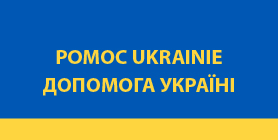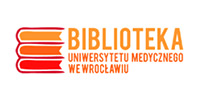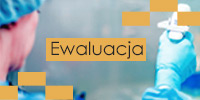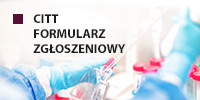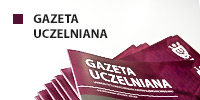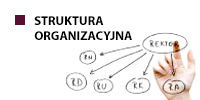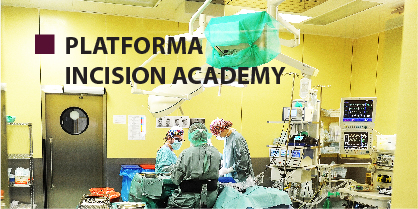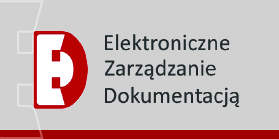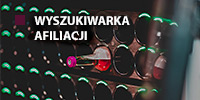Teaching laser therapy on the basis of scientifically proven evidence is essential for effective and safe treatment. This idea resulted in the creation of a postgraduate program - the European Master Degree in Oral Laser Applications.
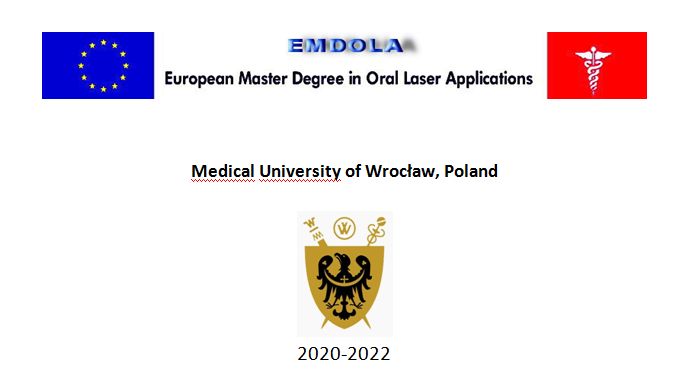
Currently, the same curriculum for laser therapy in dentistry is carried out at six medical universities: Wroclaw Medical University, University of Liege, University of Barcelona, University of Parma,“La Sapienza”- University of Rome and University of Medicine and Pharmacy „Victor Babes” , Timişoara, Romania.
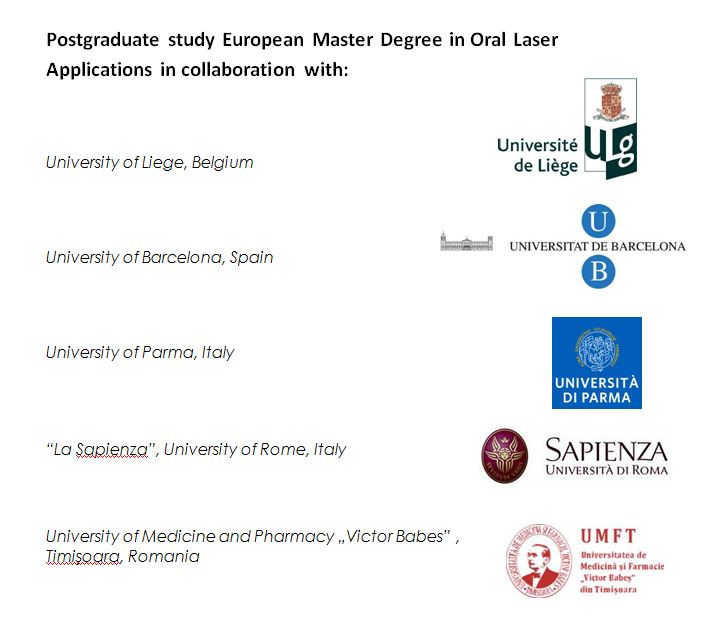
The European Master Degree in Oral Laser Applications is a high-level education program regarding Laser Dentistry. It is subdivided into different theoretical-practical modules in which the various branches of Dentistry: Restorative, Endodontics, Periodontology, Oral Pathology and Medicine, Oral Surgery, Cosmetic Dentistry, etc., are analyzed, not only from a general point of view but deepening for each one the peculiar applications of the different laser wavelengths. All the Universities involved in the EMDOLA project follow a uniform program, and the opportunity to follow some modules in another one of them is consented.
The training activity lasts two years and is equal to 1500 hours of total commitment (750 per year), at least 780 hours dedicated to frontal teaching activities, and 50 hours for the final exam. Duration of the study: 2 years. Number of credits: 60 / year (120 in total).
The remaining hours will be used for the following training activities:
· practical activities (hands-on),
· laboratory hours,
· internships,
· educational activity
· individual study and self-study activities.
At the end of each or more modules, according to the teaching needs, intermediate tests are foreseen by written test (quiz) and oral through multimedia presentation (Power Point) to evaluate the degree of learning achieved by the student.
The EMDOLA program ends with a master's thesis, which will be presented in the second year. The course is held in Polish and English.
Recruitment conditions
Personal data:
Surname:
Name:
Address:
Year of birth:
Medical license number (PWZ):
Year of graduation:
Required documents:
1. Graduation diploma (scan)
2. Diploma of completion of specialization/doctorate (scan)
3. CV with a photo
4. List of published scientific papers
5. List of owned laser devices (how many years of experience with the operation of a given device)
6. Photography
Dates:
05.01.2020-05.02.2020 Submitting applications by e-mail (biuro@ptsl.com.pl):
February 2020: interview in front of the PTSL committee:
Payments:
Tuition fee: 7500 EUR (32 250zł) paid in 4 parts (4x 8 062,5 zl)
Contact:
https://www.umed.wroc.pl https://www.umed.wroc.pl/
Tel.: +48 604 744 604
E-mail: kinga.grzech-lesniak@umed.wroc.pl
EMDOLA program directors:
• Prof.Dr. Samir Nammour, University of Liege, Belgium
• Prof. Josep Arnabat, University of Barcelona, Spain
• Prof.Dr. Umberto Romeo, “La Sapienza”, University of Rome, Italy
• Prof.Dr. Paolo Vescovi, University of Parma, Italy
• Prof.Dr. Carmen Todea, University of Medicine and Pharmacy „Victor Babes”,
Timișoara, Romania
• Dr. Kinga Grzech-Leśniak, Medical University of Wroclaw, Poland
Scientific program
2 years (4 semesters)
First year:
MODULE 1 – (3-5.12.2020) Optics+ Laser physics
Lecturers: Wroclaw Medical University: prof. Ludwik Pokora, Marcin Pokora,
Kinga Grzech-Leśniak, Jacek Matys
· history of lasers, the field concept
· mathematical formulation of the electromagnetic phenomenon
· diffraction, reflection, interference
· the quantum nature of the light
· medical statistics
· scientific literature
· laser fundamentals (atomic structure, absorption/emission, amplification, optic resonator
· properties of laser radiation (monochromaticity; coherence; directionality; polarization; propagation modes (longitudinal, transverse, multimode); gaussian beams)
· laser instrumentation
· laser radiation-matter interaction (Absorption mechanisms; Thermal interaction; Fusion; Vaporization; Plasma formation; Photochemical interaction; Applications & workshops.
MODULE 2 – (11-13.12.2020) Interaction laser-tissues+ Properties of lasers and their applications in dentistry+ Laser Safety
Lecturers: Wroclaw Medical University: prof. Andrzej Teisseyre, dr Wojciech Burkot,
Kinga Grzech-Leśniak, Jacek Matys
· Interaction laser-tissues physical point of view: (Optical properties of biologic tissues, Light absorption in water, Light absorption in hydroxyapatite, Linear and non-linear interaction processes (coagulation, vaporization, ablation, disruption, etc.), Dosimetry (irradiation parameters, emission mode profiles)
· Interaction laser-tissues in a biological point of view: Light absorption in water, Light absorption in hydroxyapatite, light absorption in melanin, hemoglobin, proteins, etc, Thermal side effects; influence of some parameters on the laser efficiency; Linear and non-linear interaction processes: coagulation, vaporization, ablation, disruption, etc
· Laser Safety: Security rules: glasses’ selection, responsibility and security, safety rules for environment, safety rules when lasering, sterilization and maintenance, international review on security rules
MODULE 3 – (7-9.01.2021) Endodontics
Lecturers: prof. Carmen Todea (University of Timisuara)
- prof. Roland de Moore (University of Belgium)
- dr Mihnea Constantin (Romania)
PDT therapy in dentistry:
Lecturers: prof. Sieroń, Kinga Grzech-Leśniak (Wroclaw Medical University)
· general principles and state of the art on endodontic treatments,
· endodontic microbiology and lasers
· laser and smear layer
· laser, root canal filling, root canal retreatment
· pulp capping
· How to choose the adapted wavelength?
· aPDT (antimicrobial Photodynamic Therapy) of root canals and in dentistry in general
MODULE 4 – (28-30.01.2021) Lasers conservative dentistry and adhesion; Laser bleaching
Lecturers: special guest: Prof. Vasilios Kaitsas (University of Genova),
Wroclaw University: Kinga Grzech-Leśniak, Jacek Matys, Maciej Żarow,
· lasers, caries diagnosis and prevention:
· general aspects of caries diagnosis and prevention
· state of the research
· laser, enamel, dentine and fluoride
· laser fluorescence, laser spectroscopy.
· crown, veneers, inlays/ inlays
· how to choose the adapted wavelength?
· general aspects and state of the art in the field of cavity preparations,
· enamel preparations, dentin preparations
· bleaching- all concepts with laser bleaching
MODULE 5 – (11-13.02.2021) Lasers in oral pathology, LLLT
Lecturers: prof. Prof Marco Meletti (University of Parma), prof. Umberto Romeo (University of Rome), prof. Alessandro del Veccio (University of Rome), Wroclaw Medical University: prof. Dominiak Marzena, prof. Tomasz Konopka, Kinga Grzech-Leśniak
· Lasers, oral pathology, oral surgery (general aspects and state of the art, soft tissues, and hard tissues in oral laser surgery, indications, contra indications on the use of lasers in oral surgery. How to choose the adapted wavelength?)
· aPDT in oral pathology
· Low-level laser therapy (LLLT): biological response, diagnosis with non-thermal laser, indications, contraindications, laser analgesia
MODULE 6 – (11-13.03.2021) Lasers in surgery and implantology; oral osseo-necrosis caused by Bi-phosphonates
Lecturers: prof. Samir Namour (University of Liege), prof. Joseph Arnabat (University of Barcelona), prof. Paolo Vescovi, prof. Dominiak Marzena, Jacek Matys
· Introduction to the different therapies in the fields of oral hard tissue surgery, and Implantology
· General aspects and state of the art in laser Implantology (diagnosis, treatments).
· Periimplant mucositis, peri-implantitis, microbiology
· lasers and implantitis treatments (soft tissues, hard tissues, bone defects)
· Indications, contraindications.
· How to choose the adapted wavelength?
MODULE 7 – Lasers in Periodontics, Laser in Orthodontics, Laser in prosthodontics; Technological characteristics of commercialized lasers (8-10.04.2021)
Lecturers: Wroclaw Medical University : prof. Gedrange Tomasz, prof. Marzena Dominiak, Kinga Grzech-Leśniak, prof. Mikulewicz
· general aspects and state of the art in periodontology (diagnosis, treatments)
· periodontal microbiology
· lasers and periodontal treatments (soft tissues, hard tissues [cement, bone defects])
· indications, contraindications.
· how to choose the adapted wavelength?
· frenulotplasty, vestibuloplasty, opercilectomy
MODULE 8 – Lasers in dentistry- rewiew (27-29.05.2021)-8th European Division Congress, France, Montpellier
· oral/poster presentations
Second year:
MODULE 9 – Clinical Training
Lecturers: Wroclaw Medical University: Kinga Grzech-Leśniak, Jacek Matys, prof. Marzena Dominiak
· Students must present six to ten clinical observations in different fields of oral lasers applications. Discussion is based on the clinical cases, the quality of the documents, the treatment plan, the methodology followed and the follow-up;
· Clinical training on patients
MODULE 10 – Master Thesis (MT)
Prof. Samir Namour, prof. Paolo Vescovi, prof. Umberto Romeo, prof. Carmen Todea, prof. Josep Arnabat, prof. Marzena Dominiak, Kinga Grzech-Lesniak
· guideline analysis and discussion
· literature research, selection and analysis
· rules to be followed in a laboratory
· evaluation criteria
· presentation of the MT
· MT defense


